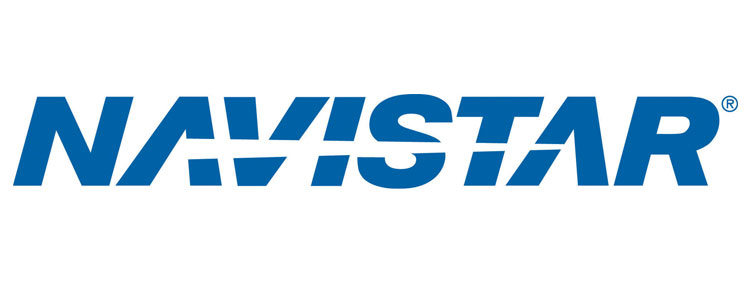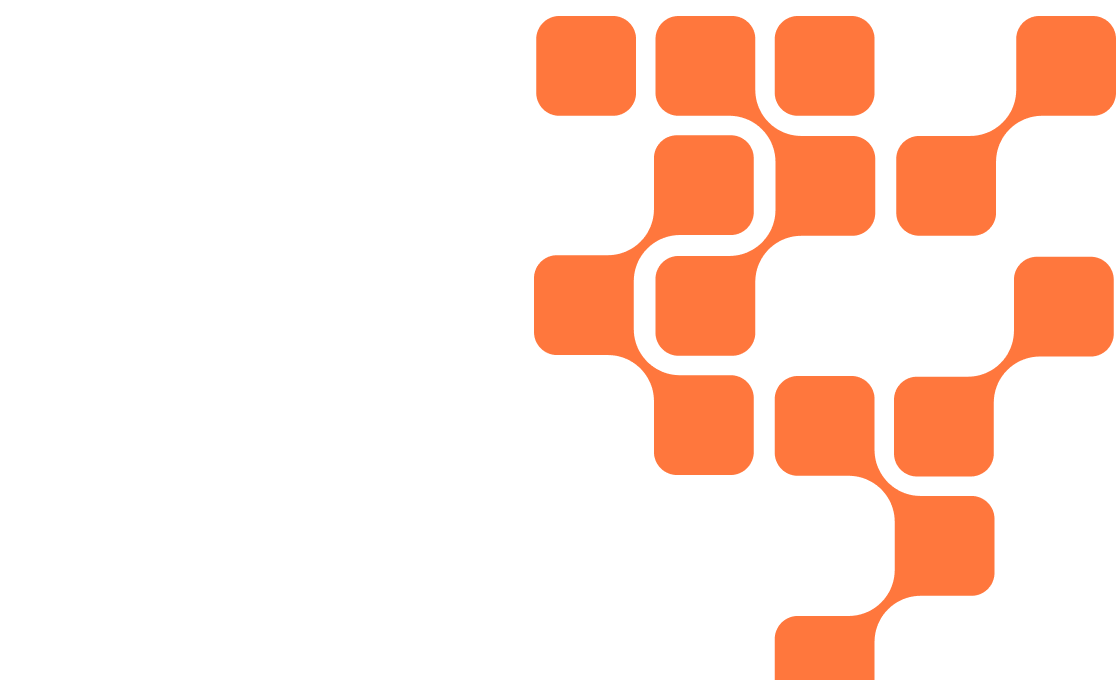Enable Intelligent Operations with any data anywhere
Cloudera helps manufacturers bring together datasets from siloed shop-floor, operational (OT) systems, enrich them with other enterprise datasets and build a variety of analytics use cases.
Global leading manufacturers rely on Cloudera’s platform, scale, and experience to be more efficient. Cloudera’s data platform helps manufacturers solve business challenges, and deliver results months or even years faster. All in one. Ready NOW.
200+
Manufacturing and automotive companies
50%
Cloudera offers the most cost-effective data platform for manufacturing workload, reduced public cloud spend by 50%
30x
Cloudera delivers 30X faster and easier data management and data analytics with scalability and security for manufacturers
Intelligent operations use cases
-
Remote Monitoring & Control
-
Quality Analytics
-
Predictive Maintenance
-
Energy & Sustainability
Remote Monitoring and Control
Historically, remote monitoring was done on an ad hoc basis, based on limited information. With data-driven remote monitoring and control, manufacturers can identify issues in near-real-time.
With Cloudera, manufacturers have a data platform to build better remote monitoring and understand process and equipment conditions in real-time. This dramatically improves yield and capacity utilization – and improves efficiency by enabling remote command and control.
Collect and process real-time data streaming at high volume and large scale
Track data provenance and lineage of streaming data
Manage and monitor diverse edge applications and streaming sources
Enable streaming analytics to derive intelligence and action in real-time
Provide data scientists with tools to build, test, refine, and deploy machine learning models
Quality Analytics
The challenge for quality analytics is aligning data, tools, and processes. With Cloudera, manufacturers easily collect and analyze any data to address quality efficiently, and in real-time. For example, manufacturers can connect product quality metrology and automate Six Sigma analysis of quality anomalies, with the ability to adjust processes in an automated way.
Detecting defects earlier means improving quality, increasing yield, and decreasing costs.
Collect any sources of product quality data (sensor, image/visual), using analytics and machine learning to detect and distinguish good versus defective production outcomes
Capture data sources such as camera and sensor data, which, coupled with deep learning, enables automated visual inspection and the detection of surface imperfections
Develop machine learning algorithms to detect potential aberrations or faults that would otherwise be missed
Predictive Maintenance
Even the most advanced maintenance strategies are often condition-based monitoring, with limited ability to predict failures. With Cloudera, manufacturers can build a data architecture that enables data-driven predictive maintenance with machine learning.
Set up real-time alerts to take action. Cloudera helps you scale up operationally – start with reactive maintenance, move to predictive, and evolve to prescriptive maintenance, which triggers actions automatically.
Monitor real-time conditions for optimization of equipment, workforce, and optimal downtime
Build an accurate predictive model of potential failures with machine learning algorithms to reduce overall downtime by 50%
Analyze risk and take action proactively, enhancing OEE and equipment efficiency
Energy & Sustainability
Regulations and rising costs require an energy management strategy to manage and accurately predict energy usage.
Cloudera’s data platform and architectural guidance help manufacturers with real-time visibility to energy availability and usage, using data and machine learning pattern analysis. Through the instrumentation and collection of sensor data, analysis, and ML, manufacturers maximize production with minimum energy costs.
Dynamically identify energy bottlenecks and issues with data-driven algorithms
Leverage dynamic calculations to determine and rank the most critical bottlenecks
Drive sustainability compliance and energy costs down up to 15-20%

Faurecia
Reducing manufacturing costs and improving product quality with real-time analytics






